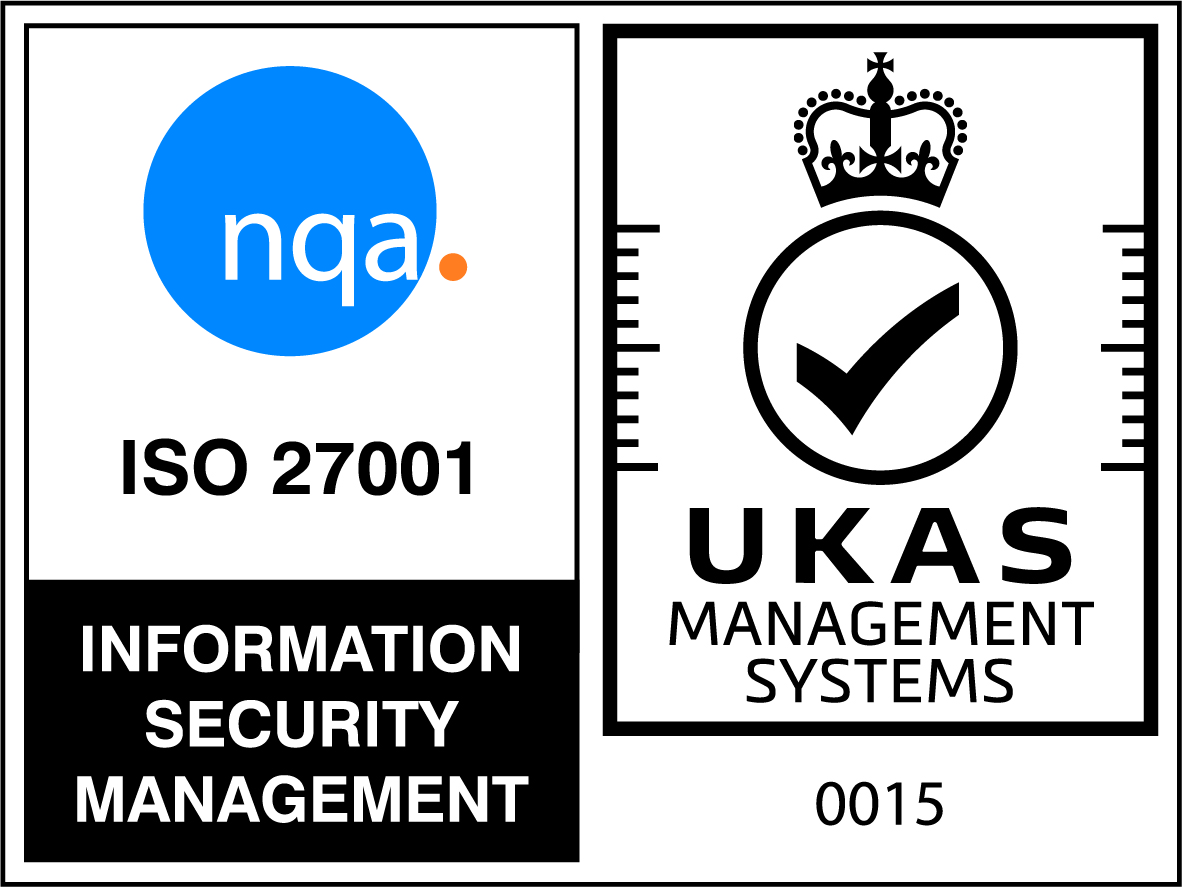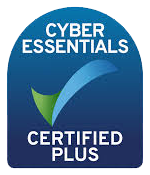Shadow IT has become an unavoidable side effect of modern digital workplaces. As business units adopt tools without IT approval, organizations lose visibility, increase risk, and waste money often without even realizing it. This article unpacks the true cost of shadow IT and outlines clear steps you can take to bring it under control.
What Is Shadow IT?
Shadow IT refers to any technology—hardware, software, apps, or services used within an organization without the knowledge or approval of the central IT department. It can be as simple as employees using
unauthorized SaaS apps like Trello or Zoom, or entire departments adopting cloud services for internal projects without IT oversight. It can also be employees bringing their own hardware into the workplace such
as a mouse or keyboard.
While it’s often driven by good intentions (e.g., productivity, speed), the lack of control and visibility introduces serious financial, security, and compliance issues.
The Growing Scale of Shadow IT
Shadow IT is no longer the exception, it’s now the norm. Consider the following statistics:
- 80% of workers admit to using SaaS apps that haven’t been approved by IT (Cisco Cloud Consumption Report)
- Shadow IT accounts for 30% to 50% of IT spending in many enterprises (Gartner)
- Only 8% of enterprise cloud apps are fully managed by IT (Netskope Cloud Report)
- Organizations underestimate their SaaS app usage by 2 to 3 times (IBM Security)
These numbers illustrate that most organizations are flying blind when it comes to what’s actually being used across their digital landscape.
The Hidden Costs of Shadow IT
Financial Waste
Shadow IT often leads to duplicate tool subscriptions, underutilized apps, and untracked renewals. Without centralized procurement or usage tracking, organizations spend money on tools that may not be used, or that duplicate existing solutions. Departments often like to take the path of least resistance when it comes to procurement and armed with a company credit card, the resistance is so minimal that it makes for a very
tempting path to take.
IDC estimates that enterprises waste up to $18,000 per employee per year on ungoverned digital tools and services
Security Vulnerabilities
Unauthorized apps bypass established security protocols, leading to:
– Inadequate access controls
– Lack of encryption
– Unknown third-party integrations
– Unpatched vulnerabilities
This significantly increases the risk of data breaches, malware, and non-compliance. Procurement pipelines historically have provided guardrails which reduced the risk significantly but when the floodgates are open, as
they are in the world of SaaS, these guardrails are easily bypassed.
IBM reports that the average cost of a data breach in 2023 was $4.45 million—with shadow IT contributing to many incidents.
Compliance & Audit Failures
Using software outside the IT department’s purview introduces legal and regulatory risk. Shadow IT can result in:
– Non-compliance with data residency laws
– Violations of industry-specific regulations (e.g., HIPAA, GDPR, PCI-DSS)
– Inability to produce accurate audit trails
Without documented procurement, access logs, or usage data, compliance becomes a guessing game.
Without a mechanism of Shadow-IT discovery there is no way of ensuring that employee’s use of personal licenses is highlighted and the risks understood.
Operational Inefficiency
Multiple teams using different tools for the same job creates silos, data fragmentation, and inconsistent workflows. It also means IT can’t provide proper support, leading to:
– Increased helpdesk load
– Lost productivity
– Poor user experience
Why Shadow IT Exists in the First Place
1. Employees want to move fast and often perceive IT processes as slow or restrictive.
2. Freemium models make it easy to adopt tools without budgets or approvals.
3. Remote and hybrid work has made it even easier for teams to operate outside traditional IT boundaries.
4. Lack of visibility tools means IT doesn’t know what’s being used unless something goes wrong.
Rarely is Shadow IT something that arises out of malice, instead it arises when the processes and guardrails, put in place to enable teams safely, have vastly more friction than employees self-serving.
How to Regain Control Over Shadow IT
Discover and Map All Tools
Use SaaS discovery tools that integrate with SSO platforms (e.g., Azure AD, Okta), Identity data, Expense systems, Network traffic. Build a complete inventory of all SaaS and cloud services in use.
Centralize Visibility and Ownership
Create a central system for monitoring:
Who is using what
How often
For what purpose
At what cost
Encourage each department to assign app owners responsible for managing access and compliance. Central oversight and control does not have to mean departments can’t self-service, provided you have the oversight capability to gather data, you can empower teams to retain control while their actions are monitored.
Establish Governance Policies
Define clear rules around:
Procurement approval processes
Risk classification (e.g., apps with PII vs. internal tools)
Usage monitoring and acceptable use
Renewal management and access reviews
Enable, Don’t Just Restrict
IT governance shouldn’t be about locking everything down, it should empower teams to innovate safely.
Offer a curated list of approved tools
Automate requests and approvals
Provide training and documentation
Be a partner, not a gatekeeper.
Review and Optimize Regularly
Create a recurring cadence for:
Reviewing app usage and overlap
Identifying inactive or redundant subscriptions
Monitoring compliance status
Adjusting policies as teams evolve
Conclusion
Shadow IT is a silent killer of budgets, security, and productivity. But with the right visibility, governance, and tools, it’s possible to transform shadow IT from a liability into an opportunity for smarter, safer innovation.
Take control. Make it easy to do the right thing. And turn your digital environment from chaotic to confident.
The times, they are ‘a’ changing, I’ve witnessed many step changes that IT Teams fought against only to realize the change was inevitable. Think hard on how you can adapt your processes to combat the inevitable risks with Shadow IT.

Scott Massey – Customer Relationship Manager
Scott is one of Certero’s earliest team members and a long-time expert in IT Asset Management, Software Asset Management, and FinOps. With over 16 years of hands-on experience helping organizations navigate audits, gain control of their environments, and improve visibility, Scott brings a practical, real-world perspective to solving discovery challenges in modern IT.








